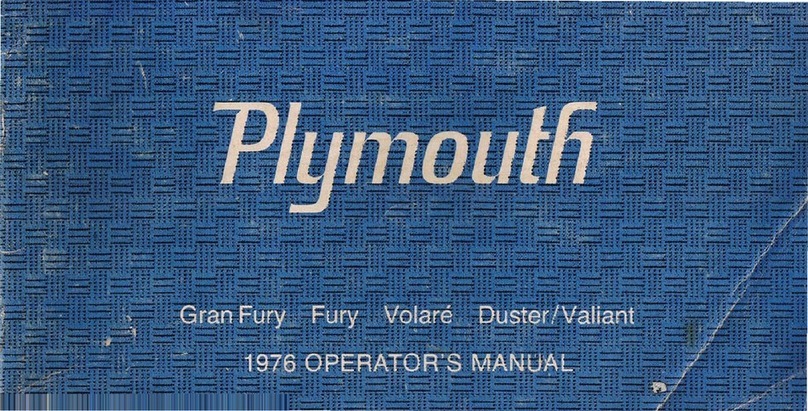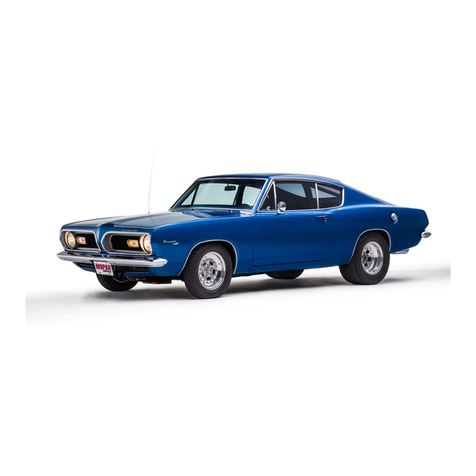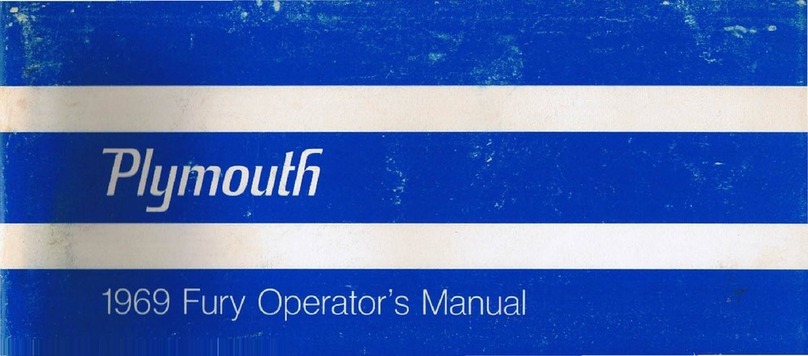Plymouth Cranbrook User manual
Other Plymouth Automobile manuals

Plymouth
Plymouth Gran Fury1976 User manual

Plymouth
Plymouth Valiant 200 1969 User manual

Plymouth
Plymouth Valiant 1968 User manual

Plymouth
Plymouth Fury 1369 User manual

Plymouth
Plymouth Valiant V-100 1965 User manual

Plymouth
Plymouth Gran Fury 1980 User manual

Plymouth
Plymouth Plaza 1957 User manual

Plymouth
Plymouth Pl4S User manual

Plymouth
Plymouth SAVOY 1961 Operating manual

Plymouth
Plymouth Plaza 1955 User manual



























